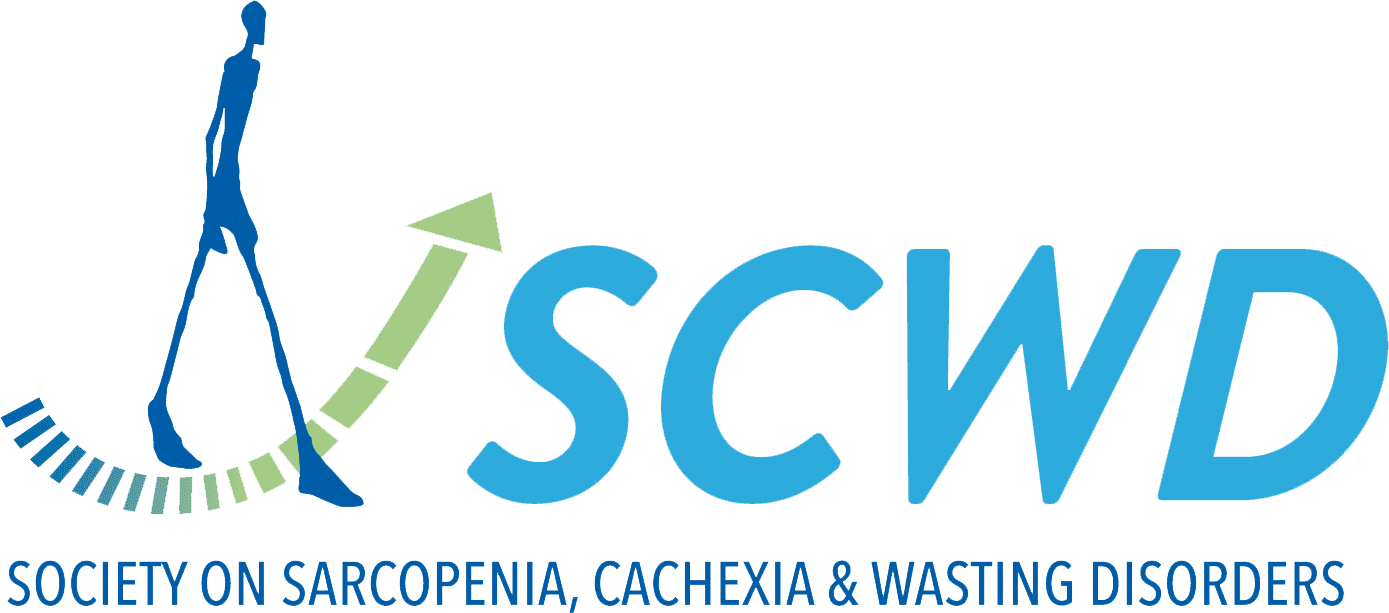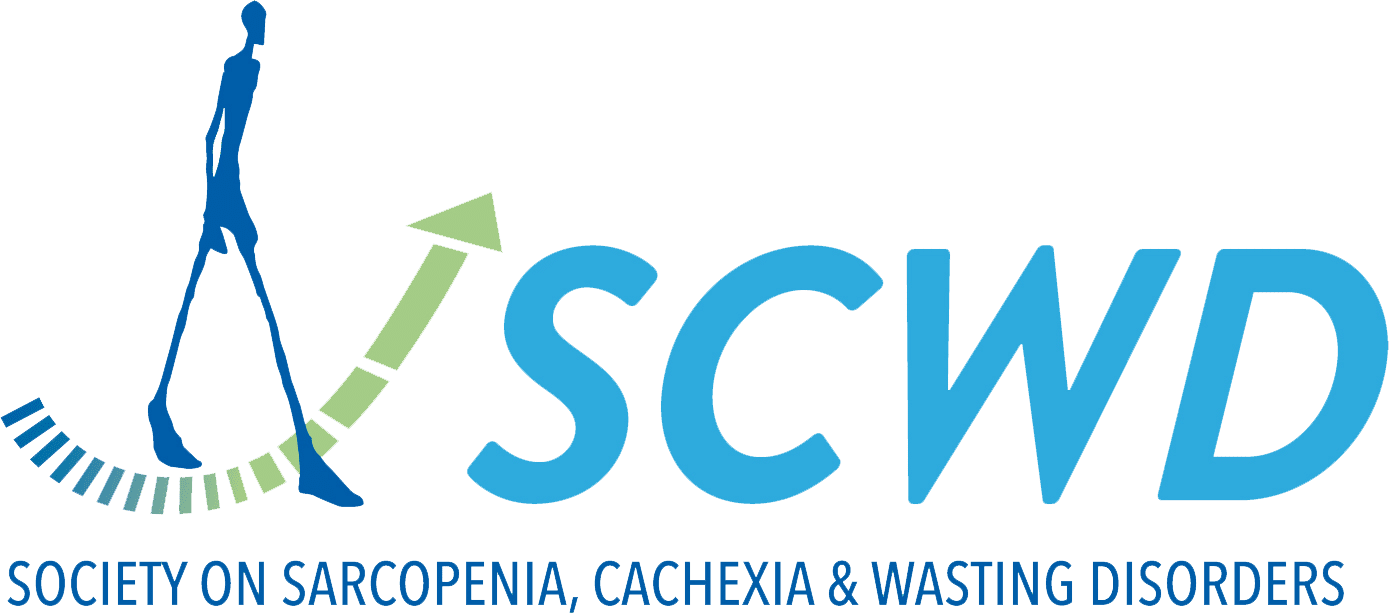Assessing the Clinical Relevance of the C-Reactive Protein-Triglyceride-Glucose Index in Cancer Cachexia
This research uncovers the clinical significance of the C-reactive protein-triglyceride-glucose index (CTI) in predicting survival outcomes in cancer cachexia (CC). Demonstrating superior predictive accuracy over CRP or TyG indices alone, the study reveals CTI's correlation with increased mortality risks and its potential to refine patient management strategies in CC. Published in 'Cancer and Metabolism', January 2024, by Ruan GT, Deng L, Xie HL, et al., this work highlights CTI's pivotal role in enhancing prognosis and guiding treatment in CC.






